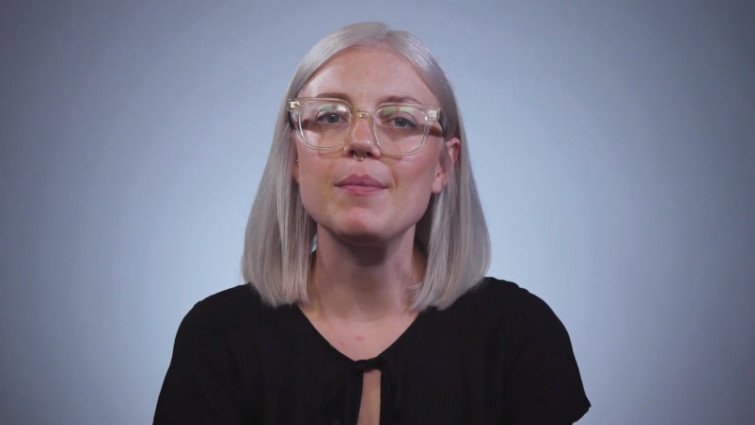Problem Solving and Decision Making is the demonstration of behaviours that enable one to identify and solve problems by understanding the situation, seeking additional information, developing and weighing alternatives, and choosing the most appropriate course of action. It involves the willingness to, and demonstration of, behaviours associated with taking a creative approach to problems or issues. It includes “thinking outside of the box” to go beyond the conventional, and to explore creative use of resources.


